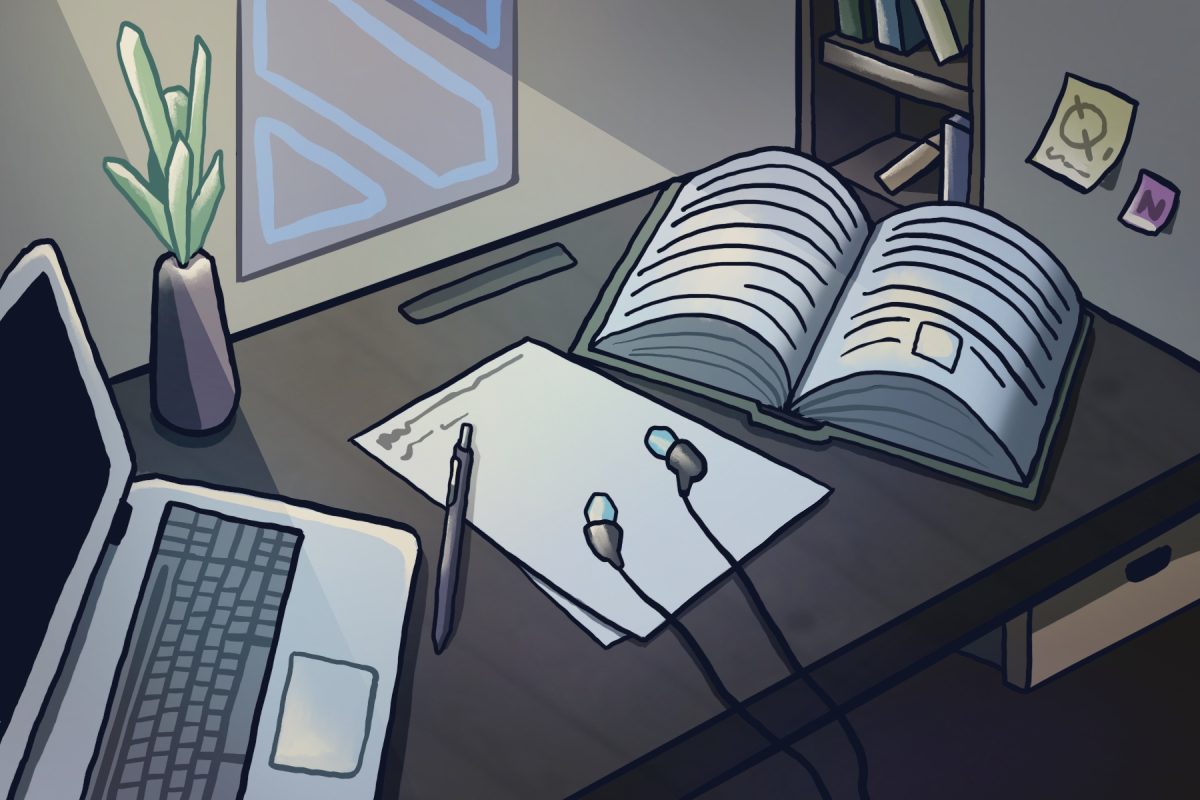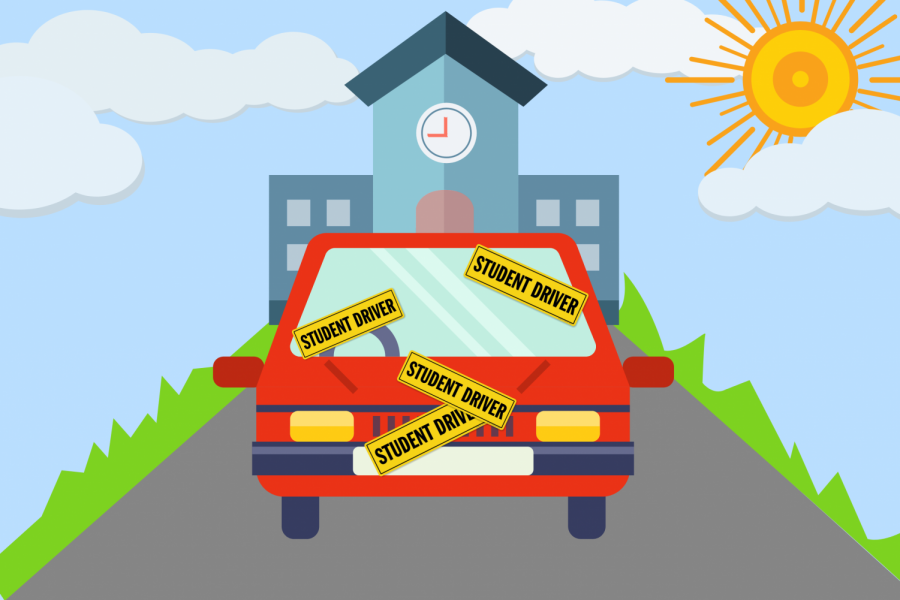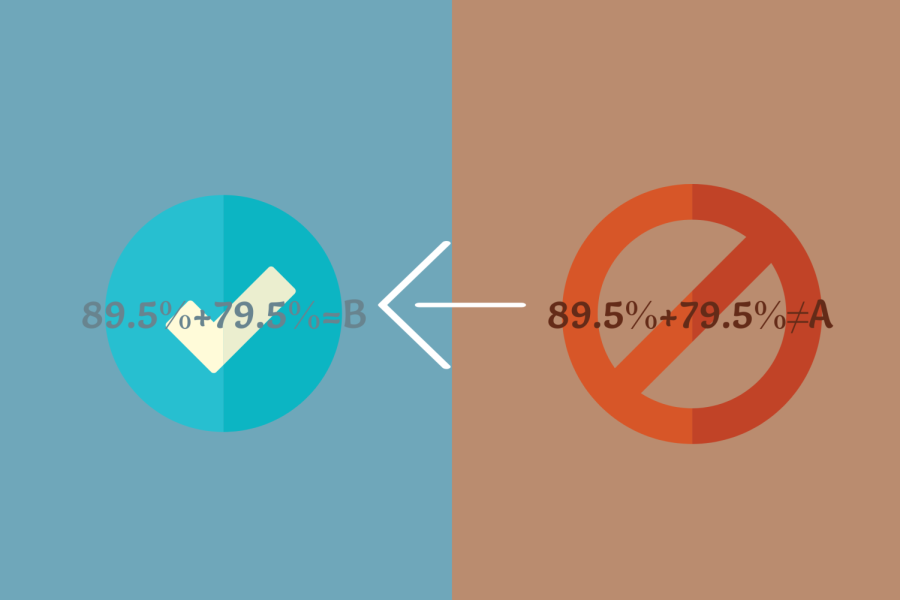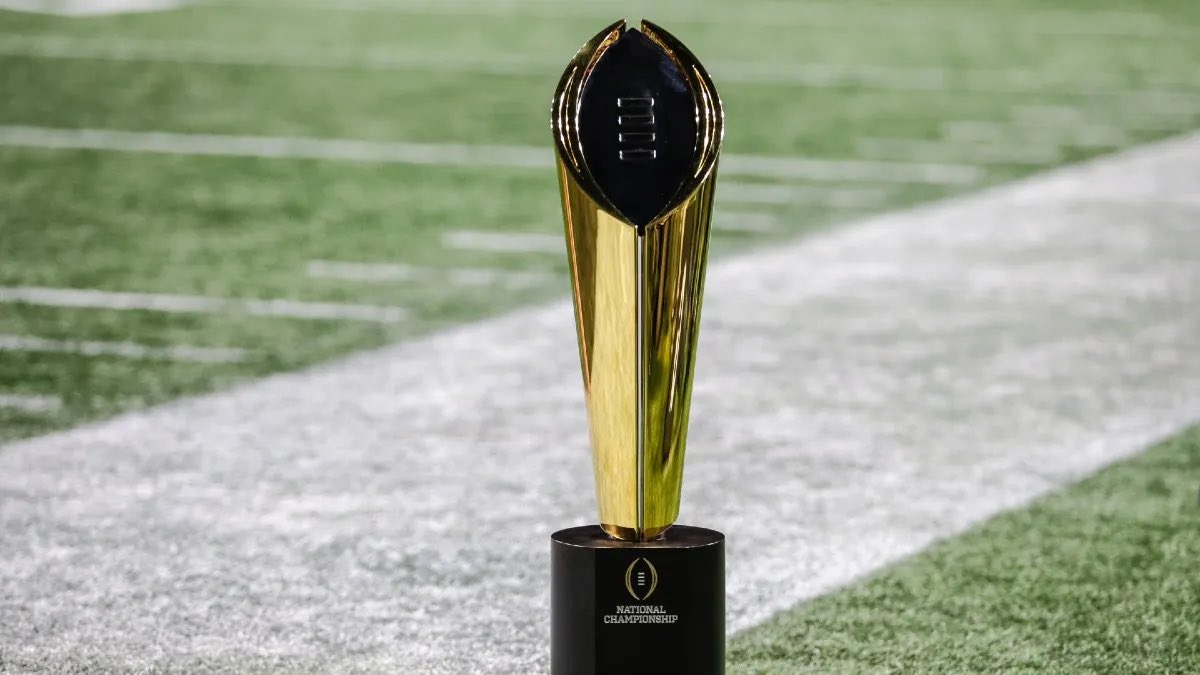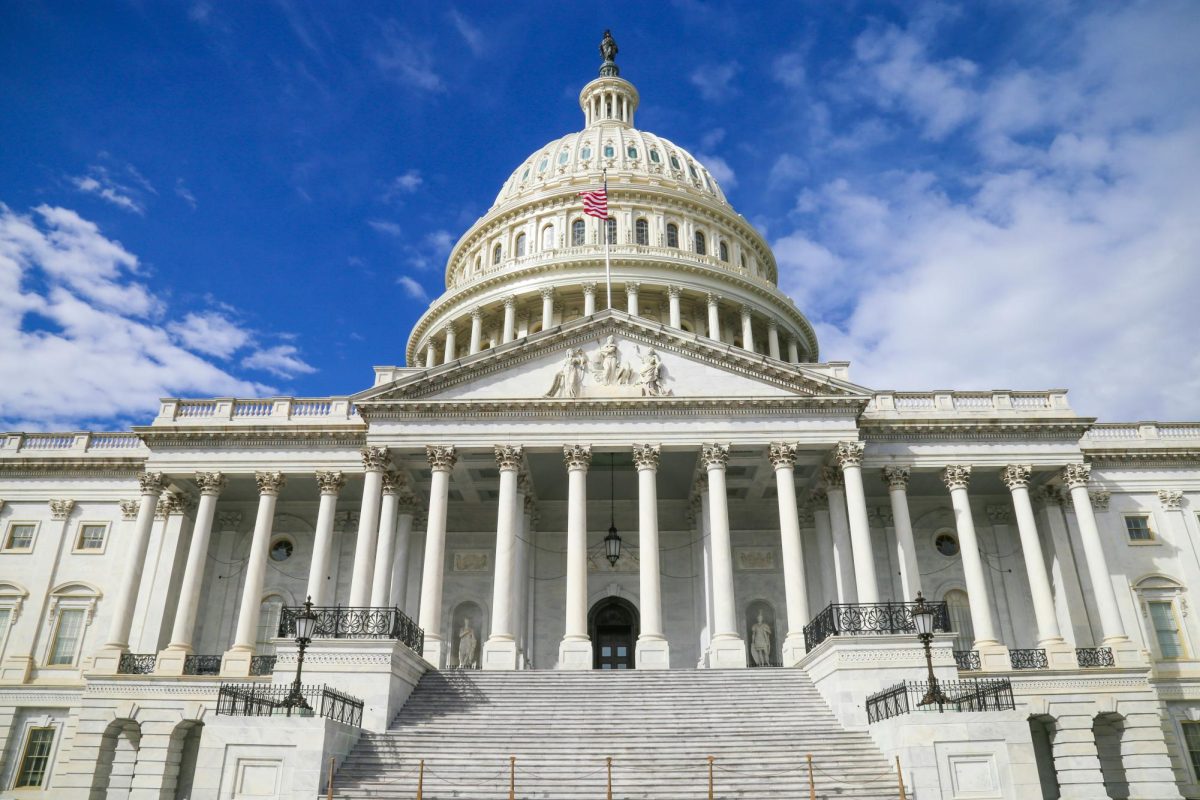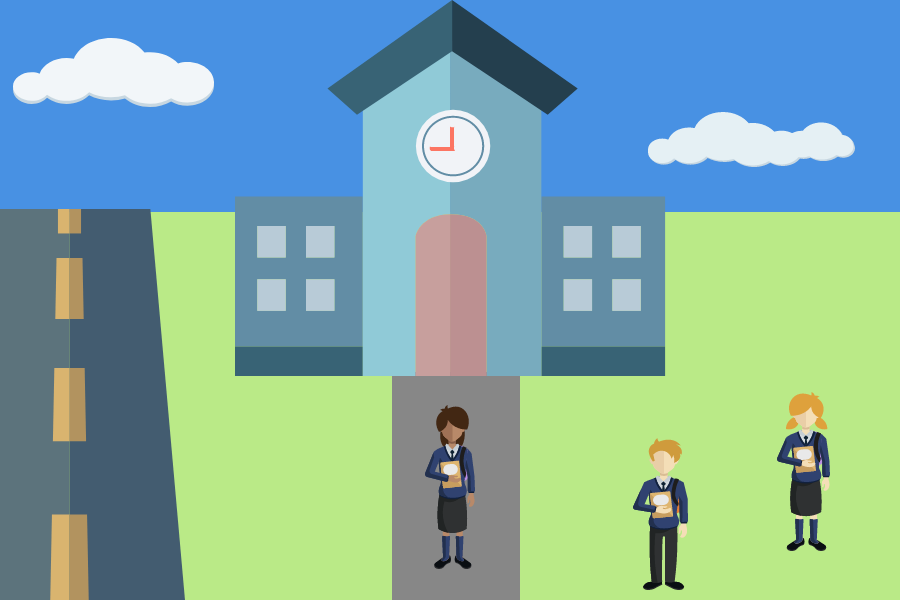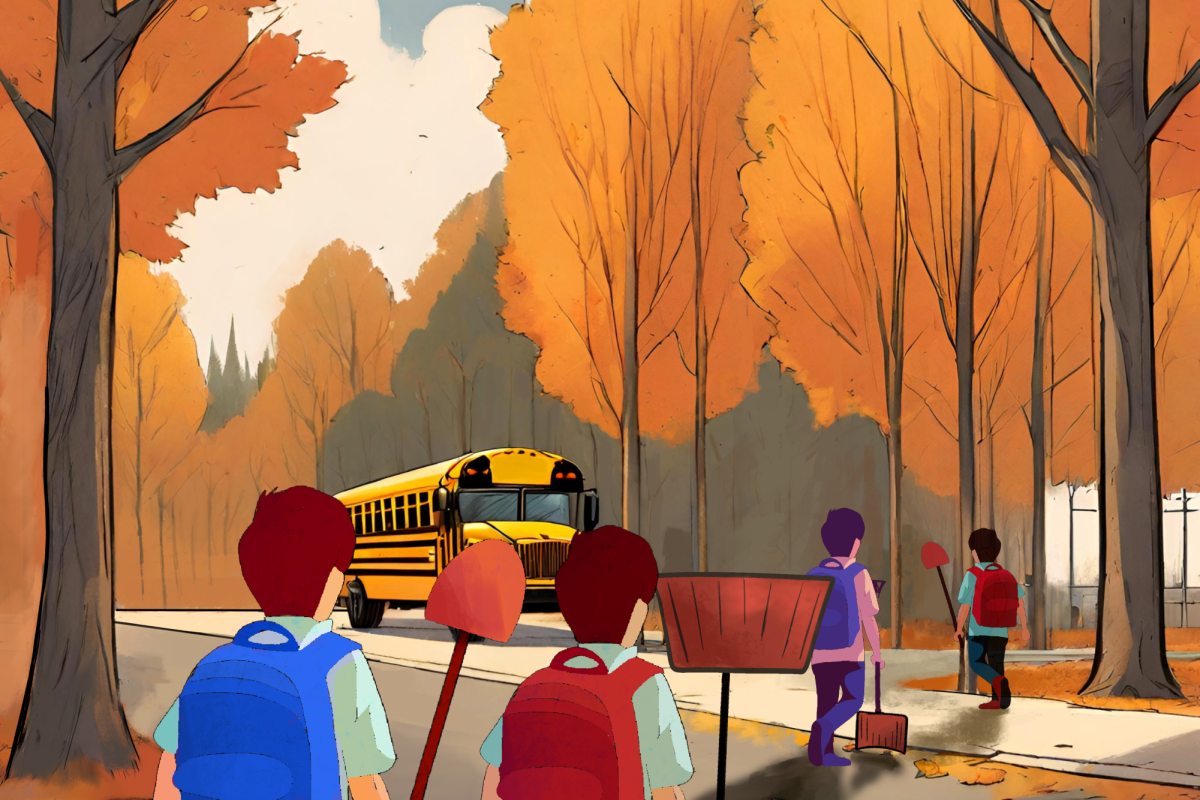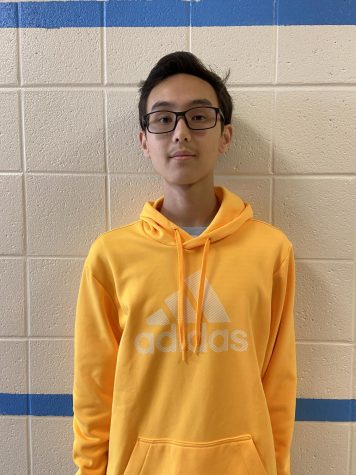“Would you help your child deal with adversity by hiring someone to remove all adversity from their life?” said learning coach and ex-tutor Dr. Justin Sung in a LinkedIn post. “If you would, tutoring is for you!”
In the Whitman area, many parents are willing to drop hundreds of dollars a week on academic tutoring for their children. However, unless a student has unique concerns that necessitate personalized educational intervention, intellectual frustration doesn’t always require external guidance.
With so many easily accessible online resources like Khan Academy’s free curriculum, for instance, struggling to grasp a complex topic in school is no longer a reason to hire a tutor. Educational websites such as College Board and CK12 provide demonstrative videos and in-depth explanations for any confusion a student may have. Independently exploring supplemental resources allows students to create their own adaptable study plans at no cost.
If a student truly needs learning assistance, a visit to an in-school help or tutoring center is a quick way for them to better digest their class material. However, many high school students receive private tutoring regularly. Consequently, they diminish their brainstorming and critical thinking skills as their tutor addresses much of this.
Dependency on a tutor can negatively impact post-graduate success. This phenomenon is called the “fade-out effect” — when formerly excelling students fall behind their peers.
In his LinkedIn post, Dr. Sung explained how he observed a shocking amount of students struggling with the fade-out effect. As a result, he requires any students he privately coaches to quit all secondary-level tutoring and instead grow their studying efficiency skills.
Students who excel with the assistance of a tutor may struggle to cope with difficulties autonomously in the future. Researchers examined this effect by studying early childhood education programs. Early childhood education, like secondary tutoring, has immediate positive effects on students’ knowledge and cognitive abilities, but these effects weaken over time.
Research predicts that academic fade-out will be most prominent among children whose high achievements result from external educational interventions, such as tutoring. Frequent tutoring removes the challenge of deciphering content, limiting the progression of problem-solving skills. Regardless of how much a tutor claims to build students’ studying ability, families are sacrificing not only money to hire tutors but also the development of their children’s self-sufficiency.
Meeting regularly with a tutor temporarily alleviates students’ stress by providing them with quick solutions. Although unpleasant, struggling is productive and results in greater conceptual understanding.
Psychology teacher Marisa Del Savio believes academic fade-out depends on the type of tutor. In some cases, tutors push students to grow confidence. Fade-out occurs, however, when tutors are overly involved. Del Savio stated that over-involvement can range from planning students’ studying, finding all the resources to help them, and hinting at every minor detail. She explained that when students learn independently, they rely on existing neural connections rather than extraneous sources.
“The idea is that, I could tell you what the parts of the brain are, but what if you were able to give me a metaphor for each part of the brain?” Del Savio said. “Sure you can go memorize what the lobe of the brain does, but now what’s a good metaphor? What’s the picture?”
According to Del Savio, taking current neural pathways and connecting them to new information is the foundation of educational advancement. Her experience as a tutor taught her the importance of linking new content to existing knowledge, though she said very few tutors do the same.
Many untrained tutors simply recite the material with step-by-step instructions and hints, a shallow form of processing information. Contrarily, constructing a memory provides a deep form of processing information. Students may be missing out on more engaging education mechanisms when learning from less experienced tutors rather than seeking help from their teachers.
“Shallow [processing] is what a lot of non-teachers do, and the deep is what teachers have learned through our extra years of training and experience,” Del Savio said. “They’re not teachers, and you have to be both.”
Neuroplasticity is the brain’s ability to change and learn. When someone makes a mistake, the nervous system releases neurotransmitters and neuromodulators to signal a need for change. The feedback of these errors causes the brain to release epinephrine, a chemical that increases alertness, and acetylcholine, a chemical that boosts focus. These chemicals allow the individual to concentrate on where they went wrong and how to approach the correct behavior. Once they get the problem even slightly right, the brain releases dopamine, allowing them to learn something new.
Andrew Huberman is a professor of neurobiology and ophthalmology at the Stanford University School of Medicine. Huberman emphasized the importance of mistakes in a Huberman Lab Podcast episode titled “Using Failures, Movement & Balance to Learn Faster.”
“If you are uncomfortable making errors and you get frustrated easily, if you leverage that frustration towards drilling deeper into the endeavor, you are setting yourself up for a terrific set of plasticity mechanisms to engage,” Huberman said in his podcast.
Errors are the basis of learning. However, frustration over learning struggles should be used as motivation to keep trying rather than as a rationale for hiring a tutor. Independently persisting through the frustration of making mistakes helps individuals retain knowledge better than those who get shortcuts from their tutor.
“Humans do not like this feeling of frustration and making errors. The few that do, do exceedingly well in whatever pursuits they happen to be involved in,” Huberman said. “The ones that don’t generally don’t do well, generally don’t learn much.”
If high school students meet regularly with a tutor, they usually aren’t building upon what their tutor has taught them on their own. The concept of “sustaining environments” states that the long-term success of an educational intervention relies on the quality of learning conditions after the intervention has ended. One example of an unsustaining environment is the “constraining content” hypothesis — the idea that academic fade-out results from the inability of high-achieving students to continue and expand on the benefits they gained from educational intervention.
Junior and former tutor Sofia Pavlovic said children might benefit from tutors to help them build foundational knowledge, but high school students are often developed enough to learn independently. In her tutoring experience, high schoolers who receive frequent tutoring didn’t perform better on tests than those who do not.
“I think a lot of people say ‘I’ll just study with my tutor,’” Pavlovic said. “If you have a tutor, you need to study outside of them and you need to do work outside of them.”
In a 2015 study, researchers found that students learn better through independent problem-solving rather than through being told specific advice. In the study, two groups were given identical math problems. One group received suggested solving steps while the other group received no additional help and was expected to solve the problem alone. Days later, when the groups received structurally identical math problems, the group that didn’t originally receive instructions got 10% more correct solutions than the group that initially received instructions.
Brain imaging showed that the successful group’s angular gyri — the part of the brain associated with memory retrieval and complex language interpretation — were less active than the other group’s angular gyri because they could recall their methodology more easily, engaging less working memory. Self-generating an approach channel is more strenuous, resulting in longer-lasting memory traces.
“I always bristle a little bit when I hear about peer-to-peer tutors to be honest,” Del Savio said. “I tend to see students feeding information, spitting information out to help somebody rather than asking them the questions that make them think more deeply about it.”
Students often want good grades so their desired university might accept them, allowing them to pursue a successful career. Hiring a tutor is the wrong choice, however, as it will hinder their ability to succeed, both in school and beyond. While tutors help occasionally with momentary grade boosts, improving self-studying habits will inevitably enhance academic performance. The life skills developed in high school are far more important than letters on a report card.



